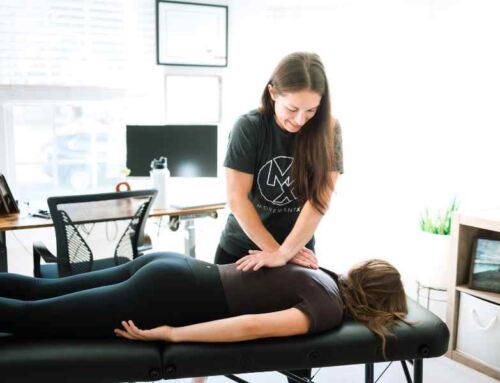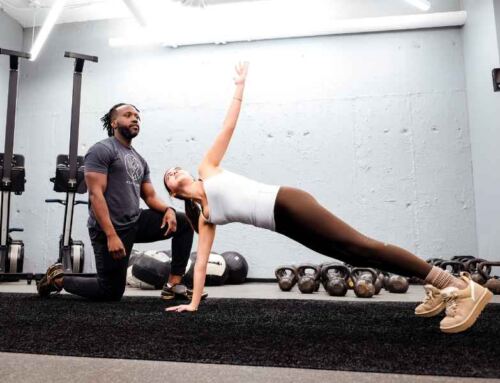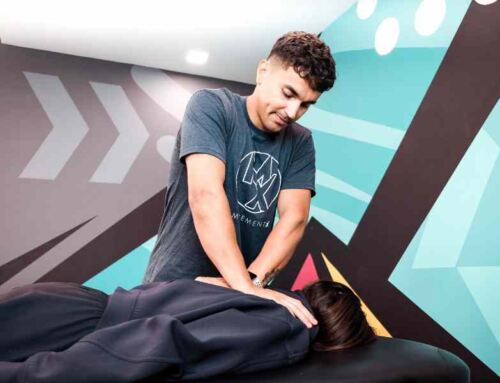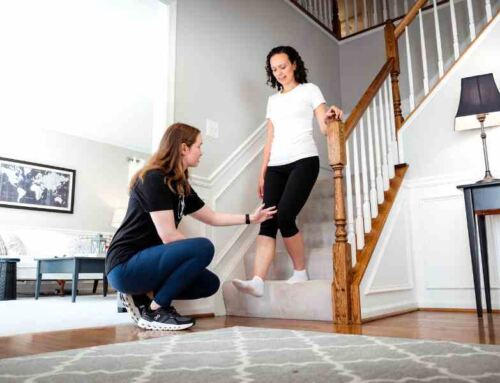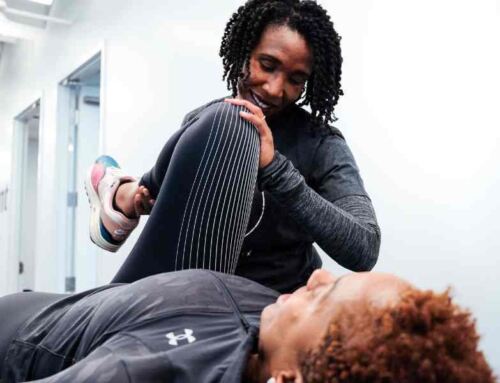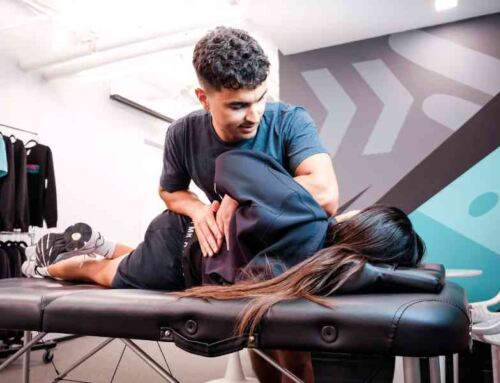Manage This Now: 50% of People Over 60 Suffer From This
Roughly 50% of people over the age of 60 suffer from spinal stenosis.
If you struggle with spinal stenosis, there are various treatment options you can try to help reduce your pain and get you back to moving more comfortably.
In this article, we'll explain the basics of spinal stenosis, common symptoms and causes, and treatment methods, including the benefits of physical therapy as an effective way to manage pain, regain strength, and improve mobility.
Spinal Stenosis: What It Is, Symptoms, Causes, and Treatments
Most commonly associated with age-related changes in the spine, spinal stenosis typically presents as pain in the corresponding spine location and has various treatment options dependent on neurological involvement.
What Is Spinal Stenosis?
Spinal stenosis is a degenerative condition that can develop slowly over a long period of time, causing a narrowing of one or more openings between spinal vertebrae and creating less space within the spinal column for the nerves roots to exit between each vertebrae and spinal cord. This narrowing causes the spinal cord and nerves to become compressed and pinched, and results in weakness, numbness, tingling, or pain throughout the back, neck, legs, or arms.
Causes
Spinal stenosis is commonly found in older adults and is most often caused by age-related conditions, including osteoarthritis, bone spurs, and general "wear and tear" over time. This can be caused by many factors, including:
- Spinal injuries, including fractured, broken, or dislocated bones near the spine
- Herniated discs
- Thickened ligaments caused by arthritis
- Spinal cord growths, including cysts or tumors
- Congenital deformities
Diagnosis
In order to diagnose spinal stenosis, your healthcare provider will conduct a thorough review of your medical history, provide a physical evaluation, and question you about your symptoms. They may also perform diagnostic tests including an X-ray, MRI, a CT scan or CT myelogram, or an EMG, to help ensure an accurate diagnosis and appropriate treatment.
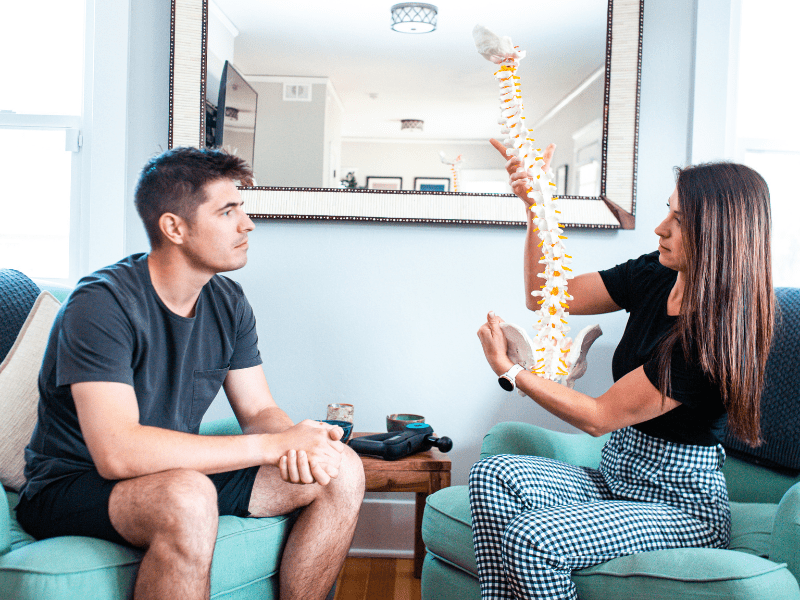
Prevention
Since the most common causes of spinal stenosis are related to natural aging, it cannot be completely prevented, but there are ways you can lower your risk, slow down your progression, and keep your spine healthy.
- Eat Well. Maintaining a healthy diet, and healthy body weight can help you keep unnecessary stress off your back and spine.
- Stay properly hydrated. While not a sexy topic that is frequently studied in randomized clinical trials, we do know that tissues in our intervertebral disc have a large capacity to absorb water to appropriately support compressive loading and strain.
- Exercise. Strengthening your supportive back muscles and keeping your body flexible are great ways to take care of your spine.
- Support Your Spine. Maintain good posture, use supportive chairs, sleep on a firm mattress, and avoid heavy lifting are all forms of spine care.
- Work With A Physical Therapist. Your physical therapist can help you design a specialized movement program personalized to your unique needs and goals.
Spinal Stenosis Symptoms
Spinal stenosis can occur anywhere along the spine and early presentation may have no symptoms at all. In most people, symptoms are gradual and may present as pain, numbness, weakness, or tingling. In severe cases, there may be loss of bladder or bowel control and if this occurs with pressure on the nerves in the lumbar spine it may cause more serious symptoms known as cauda equina syndrome which will require immediate medical attention.
Symptoms of cervical (neck) spinal stenosis include:
- Neck pain
- Numbness, tingling, or weakness in the arms, hands, legs, or feet.
- Difficulties with balance
- Decrease in hand function, particularly fine motor
Symptoms of lumbar (lower back) spinal stenosis include:
- Pain in the lower back that worsens with prolonged standing
- Weakness or cramping in the legs
- Difficulty walking
- Numbness or tingling in the buttocks, legs, or feet
Spinal Stenosis Treatment Options
Depending on whether your spinal stenosis is cervical or lumbar, and on the severity of your symptoms, spinal stenosis treatment options can vary. Be sure to discuss your treatment options with your healthcare provider before participating in any at-home remedies.
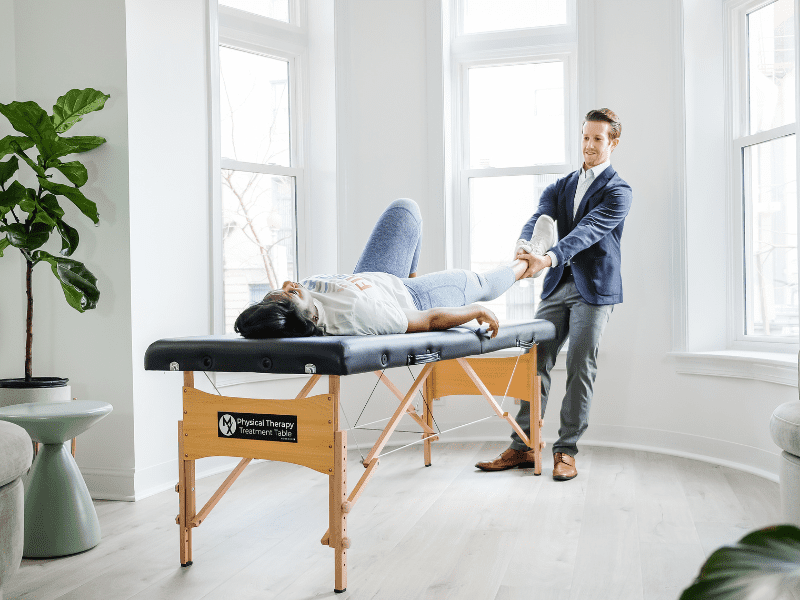
Physical Therapy
Research has documented that physical therapy is an effective treatment for spinal stenosis, helping to manage symptoms and regain mobility especially in patients without significant neurological deficits. In fact, a recent study found that there are no significant differences in treatment outcomes for patients with spinal stenosis when comparing physical therapy and surgery.
Spinal stenosis physical therapy typically includes exercises, stretches, and manual therapy to strengthen your core muscles, improve your balance and range of motion, support your flexibility, and decrease your pain. Your physical therapist will work with you to develop a detailed treatment program that supports your body's unique needs and your movement goals.
Learn more about MovementX physical therapists.
Surgery
In most cases spinal stenosis can be treated using a combination of non-surgical options. Surgery is considered when severe pain persists despite other treatments or if debilitating complications occur.
Surgery for spinal stenosis includes creating space by decompressing the area where stenosis occurs, which helps reduce the pressure on the spinal cord or nerve roots and alleviates pain. There are significant risks associated with spinal stenosis surgery and these should be discussed thoroughly with your healthcare provider.
Additional Treatment Options
In addition to spinal stenosis physical therapy and surgery, there are other spinal stenosis treatment options that can help decrease pain, reduce inflammation, and get you back to moving better.
Additional spinal stenosis treatment options include:
- Apply heat & cold. Heat is beneficial for osteoarthritis pain as it increases circulation to and relaxes muscles, but if heat isn't effective, try ice. This can help to reduce swelling and inflammation while numbing the pain by blocking nerve impulses to the joint.
- Exercise. Be sure to speak with your healthcare provider first, but exercise is effective in reducing pain and strengthening the muscles that support your spine.
- Medication. Non-steroidal anti-inflammatory medications like ibuprofen, naproxen, and acetaminophen can help relieve inflammation and reduce pain. Your healthcare provider might also prescribe medications with stronger pain-relieving properties.
- Steroid Injections. Injecting corticosteroids near the spine can reduce inflammation and relieve pain.
- Decompression procedure. By removing portions of the thickened ligament in the spine, this outpatient procedure allows for more space within the spinal canal, reducing the pressure on the nerve roots and spinal cord.
Conclusion
If you are struggling with spinal stenosis, sign up now to request care with a specialist who can treat your needs. Receive care at home, in your office, at the gym, or stop by one of our local clinics. MovementX physical therapists are here to support you on your journey towards better movement health.
About the Author
Dr. Jessica Crowder is a physical therapist based in Orange County, CA. She treats orthopedic conditions, sports injuries, chronic pain, and post-operative care. Jessica Crowder specializes in treating athletes from CrossFit, weightlifting, soccer, running, and all-round fitness enthusiasts. As a former D1 NCAA soccer player and current CrossFit athlete herself, Dr. Jessica Crowder has made a career of embodying optimal functional movement and enabling others to do the same.



